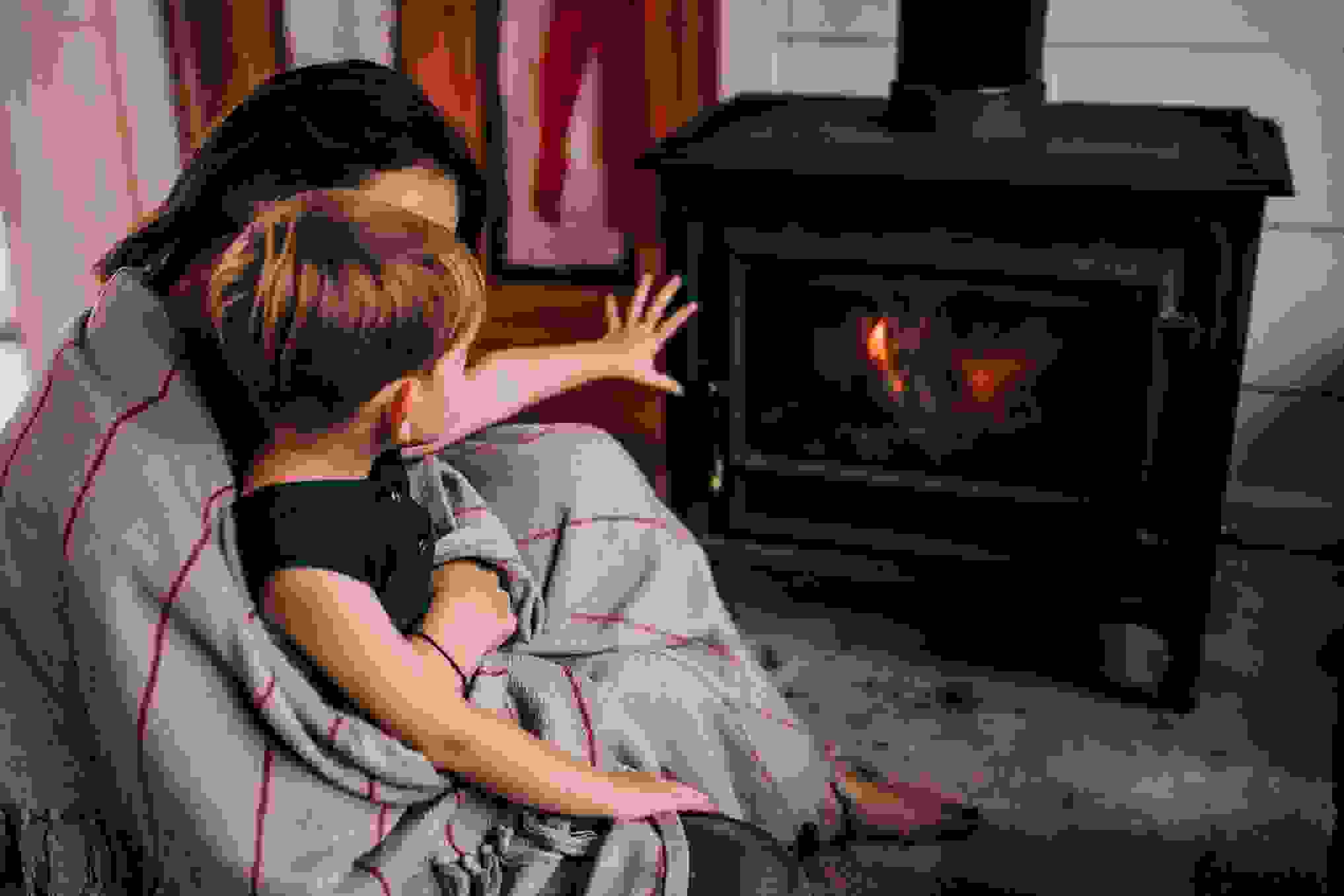A poorly maintained fireplace can lead carbon monoxide aka “the silent killer,” to linger in the air which puts you at risk of carbon monoxide poisoning. There are, however, simple measures you can take in your home and with your fireplace to avoid exposure to this toxic gas.
A fireplace is a staple of any cozy home. You may have memories of opening/exchanging gifts by the warm fire or entertaining guests over drinks. But a fireplace is more than just the centerpiece of your living room, it’s a crucial component of your home’s heating system.
Like any appliance in your home, it’s essential to conduct regular maintenance to ensure that it functions properly and safely so you can avoid exposure to any harmful substances like carbon monoxide gas.
Fortunately, car and home insurance
broker Jerry
has put together everything you need to know about your fireplace and carbon monoxide. MORE: Home insurance terms you need to know
RECOMMENDEDNo spam or unwanted phone calls · No long forms
Can a fireplace cause carbon monoxide poisoning?
The short answer is yes. Whether you have a gas fireplace or a wood-burning fireplace, you could face exposure to carbon monoxide poisoning if your fireplace and/or chimney are not well-maintained.
One of the most common causes of carbon monoxide poisoning from the fireplace is an obstructed chimney, which blocks ventilation access and allows for a build-up of carbon monoxide.
Another culprit could be a damaged connector pipe or a rusted heat exchanger. If either of these parts is defective, it will inhibit the ventilation process and trap carbon monoxide in your home.
Also, a reverse airflow or backdraft can cause carbon monoxide to enter your home. This can happen if you live in high-wind areas, or if your house is too tightly sealed.
Key Takeaway: To avoid exposure to carbon monoxide poisoning, always ensure there is proper ventilation when using your fireplace.
What are the symptoms of carbon monoxide poisoning?
The symptoms of carbon monoxide poisoning range from headaches to chest pains, and in some cases even death. An extensive list of symptoms is included below:
Shortness of breath or rapid breathing
Key Takeaway: If you suspect CO poisoning, call 911 or a healthcare professional right away.
MORE: The 16 perils of home insurance
How to perform a chimney/fireplace safety check?
Outside your home
Begin first by examining your chimney from outside your home. This can be done from the ground with a pair of binoculars. There are five main things you’ll want to observe on your chimney:
Confirm that bricks/stones and mortar on your chimney aren’t missing or severely cracked and that your chimney isn’t leaning to one side.
Look to see that your chimney has a chimney cap and that it is in good shape. This metal cap helps keep wildlife, precipitation, and other debris from entering your chimney. It also functions as a spark arrester keeping hot embers from landing on your roof.
Make sure the chimney crown (the cement/concrete part) is beveled to facilitate airflow and that the flue liner is visible above the chimney crown.
Check out the roof flashing to see if it's tight up against the chimney.
Take one last look at what’s around your chimney. Confirm there are no bird nests, tree branches, or any kind of debris.
Inside your home
Exchange those binoculars for a flashlight and start by inspecting the damper to make sure it opens, closes, and seals properly. Keep the damper open, and look for any combustible materials such as nests or other types of debris.
Look for signs of moisture inside the fireplace, which may indicate a damaged chimney cap. Then, as you did outside with the chimney, make sure there are no cracked bricks or missing mortar in or around your fireplace.
If you have a gas fireplace, then you’re not done yet…
There are a few more steps you’ll need to take if you have a gas fireplace. Turn off the gas at the shut-off valve and test the ignite button.
Then, turn on the fire and see if any of the burner holes are clogged. If so, turn off the fire, switch off the gas, and once the area has cooled down, clear the clog with a small pin.
MORE: How to make a counteroffer after a home inspection
Tips for protecting yourself from carbon monoxide poisoning
While carbon monoxide poisoning can be fatal, it is easily preventable if you adopt safe practices in your home.
Install a carbon monoxide detector
The National Fire Protection Association (NFPA) recommends installing carbon monoxide alarms at central locations outside each sleeping area and on every level of the home. Switch out the batteries every six months if your carbon monoxide detector uses replicable batteries.
Have both your chimney and fireplace inspected yearly
You may be pretty handy, but when it comes to protecting yourself from carbon monoxide poisoning you should turn to a qualified professional to inspect your home’s heating system, like your chimney or fireplace, along with your other appliances that use gas, oil, or coal.
Always open dampers before using your fireplace
Before you get cozy by the fire, make sure the dampers are open to allow for proper airflow so you can enjoy your fireside time safely and comfortably.
How to find affordable home insurance
The costs of maintaining your home can get expensive! But with the right home insurance
policy, you can help keep those costs way down. That’s where Jerry
can help! Jerry is your pocket insurance broker that can help you find affordable coverage for the complex insurance needs that come with owning a home. “Jerry
was pretty amazing. They found me quotes with every company at the cheapest price possible! —Sean E.
MORE: How to bundle home and auto insurance to save money
FAQs
